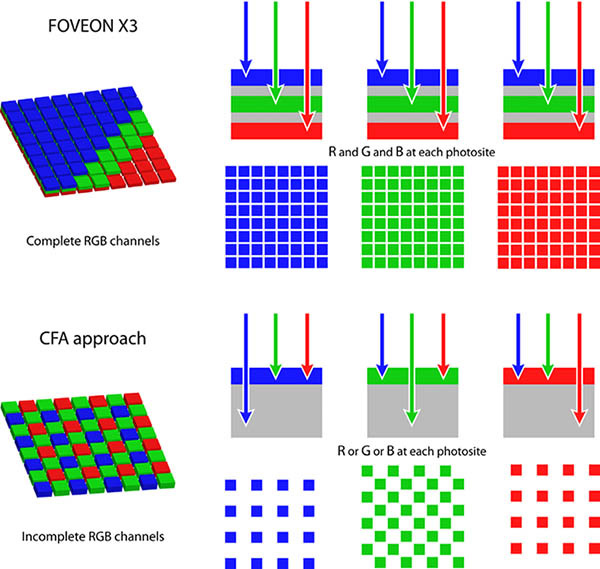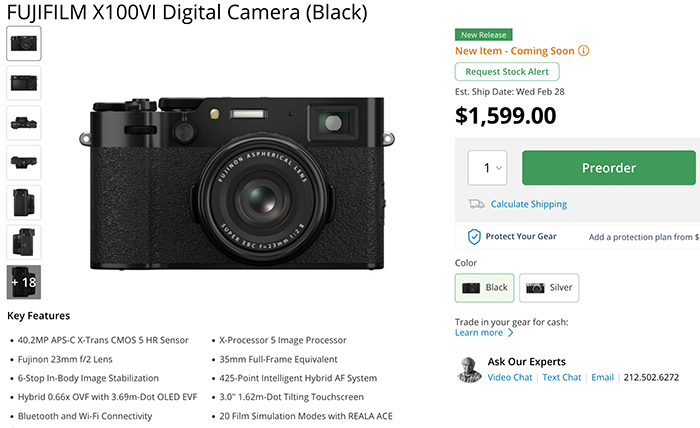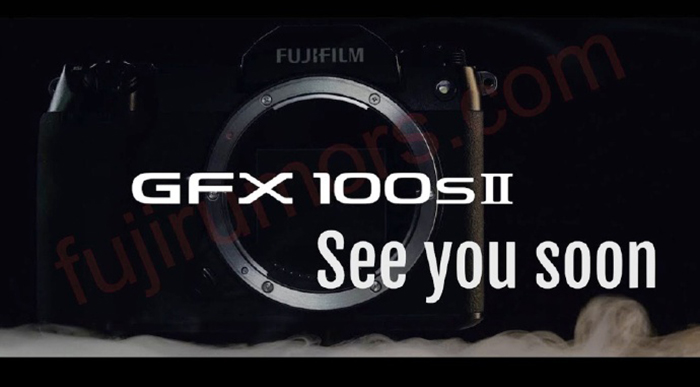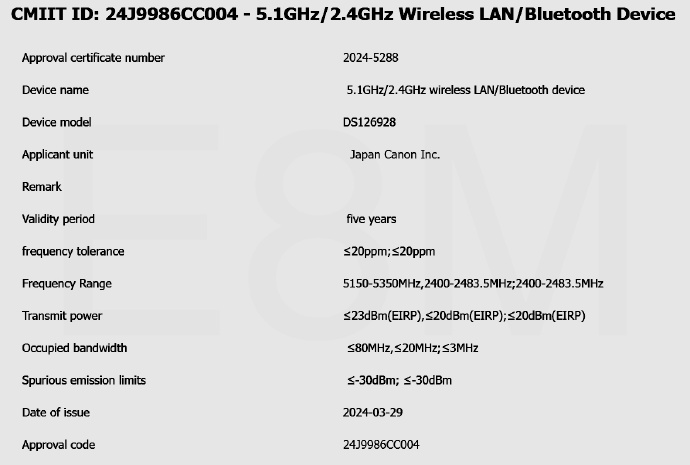Hasselblad explains why “bigger is better”
If you are wondering why you should consider to get the new Hasselblad X1D-50c medium format mirrorless camera just read this: With the following arguments Hasselblad explains why having bigger sensors is Better…
——–
Not Just Megapixels
Even though our sensors offer some of the highest pixel count available today, it’s not just the density of megapixels that sets a Hasselblad image apart from the crowd. For any camera sensor, the physical size of its pixels governs the amount of light recorded for each one. Most sensor manufacturers are now using micro lenses on their pixels to maximise the light collected and the light gathering power determines the dynamic range of the sensor.
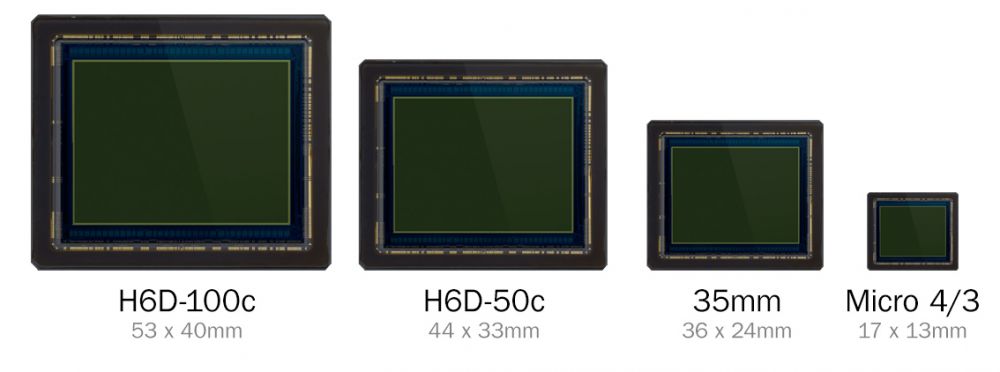
Hasselblad’s 50MP CMOS sensor delivers a pixel size of 5.3 microns; A similar resolution DSLR would have a pixel size of around 4.14 microns, giving the Hasselblad a 64% increase in light gathering power.
Wide Dynamic Range
Dynamic range can be described as the tonal ratio difference between pure black and pure white. To put this into perspective, the human eye can perceive a dynamic range of around 22 stops; most digital cameras fall far short of this value. In the photographic world, this means starting from a black exposure – with no light hitting the sensor: how many stops you can increase the light level whilst still showing a signal level that is not pure white.

The Pixel Analogy
Imagine each pixel as a container. The larger the container, the stronger the signal it can hold. In addition, all digital camera sensors have a minimum sensitivity level they can use, set by the electrical noise of the sensor itself. The difference between the two is known as the signal to noise ratio.
Our medium format sensors have a very high signal to noise ratio.
When you combine this high quality signal to noise ratio and the larger pixel sizes, Hasselblad sensors can deliver up to 15 stops of dynamic range compared to around 12 stops on a smaller sensor DSLR.
Pixel size and noise level drive the available dynamic range and very simple natural colour solution that delivers accurate colour recordings regardless of scene, and smooth tonal transitions without any need for multiple colour profiles.
Brochures
Preorders:
The Hasselblad X1D-50c at BHphoto, Adorama and Calumet.de.
Hasselblad 90mm F/3.2 XCD Lens for XD1 at BHphoto, Adorama and Calumet.de.
Hasselblad 45mm F/3.5 XCD Lens for XD1 at BHphoto, Adorama and Calumet.de.
